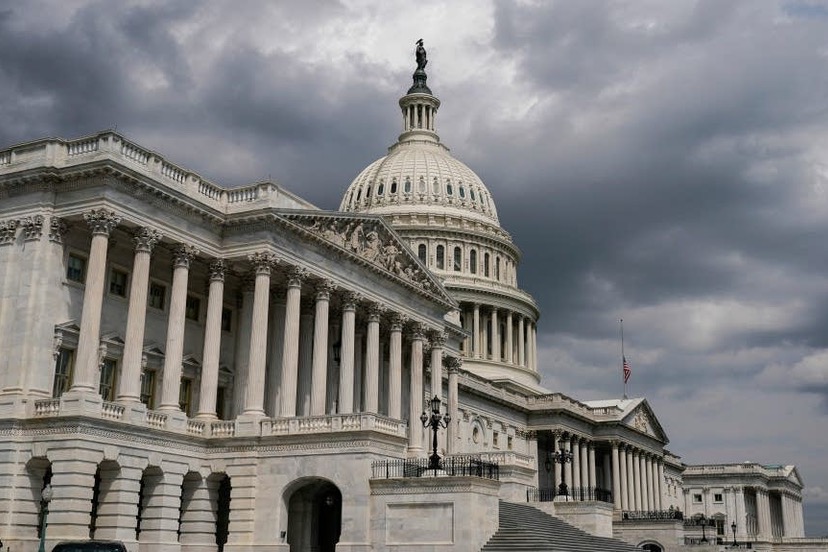One of the key purposes of the US Census — beyond incidental stipulations like which states get how much federal money — is to properly apportion the seats in the US House of Representatives. Unlike the US Senate, which allocates two senators to each state no matter how populous they might be, the apportionment of seats in the US House of Representatives depends upon the US Census performed (or under-performed?) every ten years by the Census Bureau.
Six states, including Colorado, appear to have won the lottery this year — with Colorado adding one more district to its existing seven districts — but the actual effects will not play out until the next Congressional election in 2022.
From radio station KDVR:
Colorado will gain an eighth Congressional district, the U.S. Census Bureau announced on Monday, April 26.
The bureau announced the change in a virtual news conference on results from the 2020 Census, which apportions seats nationwide for the U.S. House of Representatives. The announcement had been expected, as Colorado’s population growth over the last decade has been significant.
Colorado joins 13 other states in a Congressional shift, the bureau said.
The Historical Apportionment Map shows each state’s total population, population density, percentage change in population, change in seats, congressional representation, and changes since the 2010 Census. You can search by state and also review the Data Tables below the map for more information.
From the Colorado Independent Redistricting Commissions, which have been charged, by Colorado voters, with creating fair and equitable federal districts.
Today the U.S. Census Bureau announced official population counts for apportionment from the 2020 Census. Colorado was apportioned 8 congressional districts, an increase of 1 seat in Colorado’s congressional delegation.
Additionally, the bureau announced Colorado’s official 2020 apportionment population of 5,782,171, a population increase of 14.8 percent from 2010. The redistricting commissions will use this top-line number to establish ideal district sizes for Congressional, State House, and State Senate districts.
The detailed census population data necessary to complete redistricting is expected to be released by August 16, 2021. The congressional and legislative redistricting commissions continue to meet and are considering how to proceed with their work in light of these delayed census results.
The commissions encourage members of the public to tell them about the communities of interest they want considered in the redistricting process. A public comment form is available here: https://redistricting.colorado.gov/public_comments/new
A ‘community of interest’, mentioned in the Colorado Independent Redistricting Commission press release above, has no clear definition. Does Pagosa Springs share a ‘community interest’ with Ignacio and Durango in La Plata County? With the Wolf Creek Ski Area, in Mineral County? Or with the San Luis Valley agricultural community in Rio Grande, Saguache and Alamosa counties?
Or do we share important ‘community interests’ with other overpriced mountain communities like Vail and Aspen?
Good questions.
(We already seem to be joined at the hip with southern Hinsdale County, but who knows what the future brings?)
Seven states will lose Congressional seats as a result of the 2020 Census: California, New York, Illinois, Michigan, Ohio, Pennsylvania and West Virginia.
States that won additional Congressional seats include Texas — which gained two seats — and Florida, Colorado, Montana, North Carolina, and Oregon, each gaining one seat.
This Census indicates that Colorado has increased in population by 744,518 from the count of 5,029,196 in the 2010 Census, making it ninth in the US for population growth.
Redistricting process plays a very important role in how votes get distributed in each state. In most states, the redistricting is handled by the state legislature, and often the party in power — Republicans or Democrats — tries to draw the congressional district lines to ensure an advantage to their own party. That is not likely to happen here in Colorado, however. Last November, Colorado voters created two non-partisan redistricting commissions to draw our district boundaries — in hopes of making the redistricting process more fair and equitable.
The actual district maps, the strength of individual candidates, and the overall political environment will help determine how many seats Republicans and Democrats will ultimately gain or lose. We’re months away from knowing where the precise districts will be… and the voters’ mood.
Even before the maps are drawn and finalized, however, we know one thing for sure. Republicans will lose one seat in West Virginia. That means Republicans need to gain a seat elsewhere to compensate for the loss… and win the five seats they need to regain a majority in the US House.
You can read the full April 26 press release from the US Census Bureau here.

